A Comprehensive Guide to Plant Pot Styles
Plant pots are not just functional containers for growing plants; they are also key elements in home and garden decor, enhancing the beauty of plants while reflecting personal style. With a wide range of materials, designs, and functions available, choosing the right plant pot can elevate the overall aesthetic of any space. This guide explores various plant pot styles, highlighting their unique features, advantages, and ideal uses.
1. Terracotta Pots
Terracotta pots, made from baked clay, are one of the most classic and popular choices among gardeners. Their warm, earthy orange-brown hue complements a variety of plants, from succulents to herbs and flowering shrubs. The porous nature of terracotta allows air and moisture to circulate through the walls, preventing overwatering and promoting healthy root growth—making them perfect for plants that prefer well-drained soil, such as cacti and lavender.
However, terracotta pots have some limitations. They are relatively heavy, which can make them difficult to move, especially when filled with soil and large plants. They also absorb water easily, leading to mineral deposits (often appearing as white crusts) on the surface over time. To maintain their appearance, regular cleaning with a mild vinegar solution can help remove these deposits. Additionally, terracotta is prone to cracking in freezing temperatures, so it’s best to bring them indoors during winter in cold climates.
Terracotta pots come in various shapes and sizes, from small, round pots for tabletop succulents to tall, cylindrical ones for floor-standing plants like fiddle-leaf figs. They can be left in their natural state for a rustic look or painted with acrylics to match specific decor themes, adding a personalized touch.
2. Ceramic Pots
Ceramic pots are another popular option, known for their versatility and aesthetic appeal. Made from clay that is fired at high temperatures, they are denser and less porous than terracotta, retaining moisture better. This makes them suitable for plants that require more consistent hydration, such as ferns, pothos, and peace lilies.
One of the biggest advantages of ceramic pots is their wide range of designs. They can be glazed or unglazed, with glazed options offering a smooth, shiny finish in colors like white, blue, green, and even bold patterns like stripes or floral prints. Unglazed ceramic pots, similar to terracotta, have a more natural look but are slightly less porous. Ceramic pots also come in various shapes, including round, square, rectangular, and even novelty shapes like animals or geometric forms, making them a great choice for adding personality to any space.
On the downside, ceramic pots are heavier than plastic pots and can be fragile—dropping them often results in cracks or breaks. They are also more expensive than terracotta or plastic options, but their durability and aesthetic value make them a worthwhile investment for long-term use.
3. Plastic Pots
Plastic pots are a practical and affordable choice for both indoor and outdoor gardening. They are lightweight, making them easy to move around, and resistant to breakage, which is ideal for households with children or pets. Plastic is non-porous, so it retains moisture well, reducing the frequency of watering—perfect for busy gardeners or those who tend to forget to water their plants.
Plastic pots come in a wide range of colors, from neutral tones like black, white, and gray to bright hues like pink, yellow, and red. They also come in various shapes and sizes, including hanging baskets, window boxes, and tall planters for trees and large shrubs. Many plastic pots are designed to mimic the look of more expensive materials like ceramic or stone, offering a cost-effective alternative without compromising on style.
However, plastic pots have some drawbacks. They are not as breathable as terracotta or ceramic, which can lead to waterlogging if not properly drained. To prevent this, it’s important to choose plastic pots with drainage holes at the bottom. Additionally, plastic can degrade over time when exposed to direct sunlight, becoming brittle and discolored. To extend their lifespan, it’s best to place them in shaded areas or use UV-resistant plastic pots, which are designed to withstand sun damage.
4. Metal Pots
Metal pots, such as those made from aluminum, iron, copper, or stainless steel, add a sleek and modern touch to any garden or home. They are durable, resistant to rust (especially aluminum and stainless steel), and can withstand harsh weather conditions, making them suitable for outdoor use. Metal pots are also non-porous, retaining moisture well, but they can get very hot in direct sunlight, which can damage plant roots. To avoid this, it’s best to line metal pots with a layer of insulation (like bubble wrap or a plastic liner) or place them in shaded areas.
Aluminum pots are lightweight and come in a variety of finishes, including polished, matte, and painted. They are resistant to rust and corrosion, making them a low-maintenance option. Iron pots, on the other hand, are heavier and have a more industrial look. They can rust over time, but this rust can add a unique, vintage charm to the pot. Copper pots are known for their warm, metallic sheen, which develops a beautiful patina over time. However, copper can be toxic to some plants, so it’s important to line copper pots with a plastic liner before planting.
Metal pots are ideal for modern or industrial-style decor, and they pair well with plants like succulents, air plants, and ornamental grasses. They are also a great choice for small spaces, as their sleek design doesn’t take up too much visual space.
5. Wooden Pots
Wooden pots add a natural, rustic feel to any garden or home, making them perfect for cottage-style, bohemian, or outdoor spaces. They are made from a variety of woods, including cedar, redwood, pine, and teak. Cedar and redwood are naturally resistant to rot and insects, making them ideal for outdoor use, while pine is more affordable but may require treatment with a wood preservative to prevent decay. Teak is a high-end option, known for its durability and beautiful grain, but it comes with a higher price tag.
Wooden pots are porous, allowing air and moisture to circulate, which is beneficial for plant roots. They also retain moisture well, but like terracotta, they can dry out quickly in hot weather, so regular watering is necessary. Wooden pots can be left in their natural state to age gracefully or stained/painted to match specific decor. They come in various shapes and sizes, from small wooden boxes for herbs to large barrels for trees and shrubs.
One of the main drawbacks of wooden pots is their tendency to rot over time, especially if not properly maintained. To extend their lifespan, it’s important to choose rot-resistant wood, apply a wood preservative, and elevate the pots off the ground to prevent contact with wet soil. Additionally, wooden pots can be heavy when filled with soil, so it’s important to consider their weight when placing them on shelves or balconies.
6. Hanging Pots
Hanging pots are a great way to maximize space, especially in small apartments or gardens where floor space is limited. They can be hung from ceilings, walls, balconies, or tree branches, adding vertical interest to any space. Hanging pots come in a variety of materials, including plastic, ceramic, metal, and macramé (which are typically lined with a plastic or ceramic pot to hold the soil).
Macramé hanging pots have become increasingly popular in recent years, thanks to their bohemian style and intricate knotting. They are made from cotton or jute rope and can be customized to fit any pot size. Plastic and ceramic hanging pots are also popular, as they are lightweight and easy to clean. Metal hanging pots, such as those made from copper or iron, add a modern touch, while wooden hanging pots offer a rustic look.
Hanging pots are ideal for trailing plants like pothos, string of pearls, and philodendron, as well as flowering plants like petunias and geraniums. When choosing a hanging pot, it’s important to consider the weight of the pot, soil, and plant, as well as the strength of the hanging mechanism. It’s also important to choose a pot with drainage holes to prevent waterlogging.
7. Self-Watering Pots
Self-watering pots are a convenient option for busy gardeners or those who struggle to maintain consistent watering schedules. They are designed with a reservoir at the bottom that holds water, which is drawn up into the soil through a wicking system (usually a cotton rope or porous material). This ensures that plants receive a steady supply of water, preventing both overwatering and underwatering.
Self-watering pots come in a variety of materials, including plastic, ceramic, and metal. They are available in various sizes, from small pots for herbs and succulents to large planters for trees and shrubs. Many self-watering pots also come with a water level indicator, which shows how much water is left in the reservoir, making it easy to know when to refill.
One of the main advantages of self-watering pots is their low maintenance. They require less frequent watering than traditional pots, and they are ideal for plants that require consistent moisture, such as ferns, calatheas, and peace lilies. However, self-watering pots can be more expensive than traditional pots, and they may not be suitable for plants that prefer dry soil, such as cacti and succulents. It’s also important to clean the reservoir regularly to prevent the growth of algae or bacteria.
8. Novelty Pots
Novelty pots are a fun way to add personality and whimsy to any space. They come in a variety of shapes, sizes, and designs, from animal-shaped pots (like cat, dog, or elephant pots) to geometric shapes (like triangles, hexagons, or spheres) and even themed pots (like holiday-themed pots or pots with quotes or patterns).
Novelty pots are made from a variety of materials, including plastic, ceramic, and resin. Plastic novelty pots are lightweight and affordable, while ceramic novelty pots are more durable and have a higher-end look. Resin novelty pots are often highly detailed, mimicking the look of other materials like stone or wood.
Novelty pots are ideal for small plants like succulents, air plants, and herbs, and they are a great choice for adding a pop of color or fun to a desk, shelf, or windowsill. However, it’s important to ensure that novelty pots have drainage holes, as many decorative pots are designed more for display than functionality. If a novelty pot doesn’t have drainage holes, it can be used as a cachepot (a decorative outer pot) with a regular pot inside that has drainage holes.
In conclusion, choosing the right plant pot depends on a variety of factors, including the type of plant, the location (indoor or outdoor), personal style, and budget. Whether you prefer the classic look of terracotta, the modern feel of metal, or the whimsy of novelty pots, there is a plant pot style to suit every need and taste. By considering the unique features and advantages of each style, you can select the perfect pot to help your plants thrive while enhancing the beauty of your space.
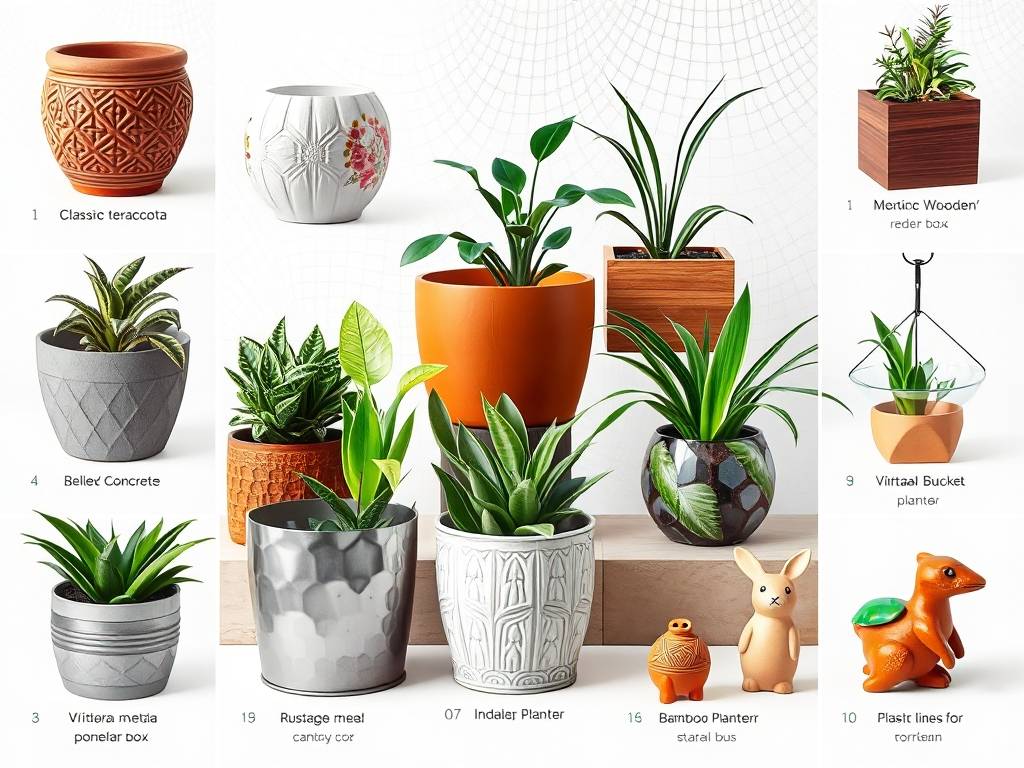
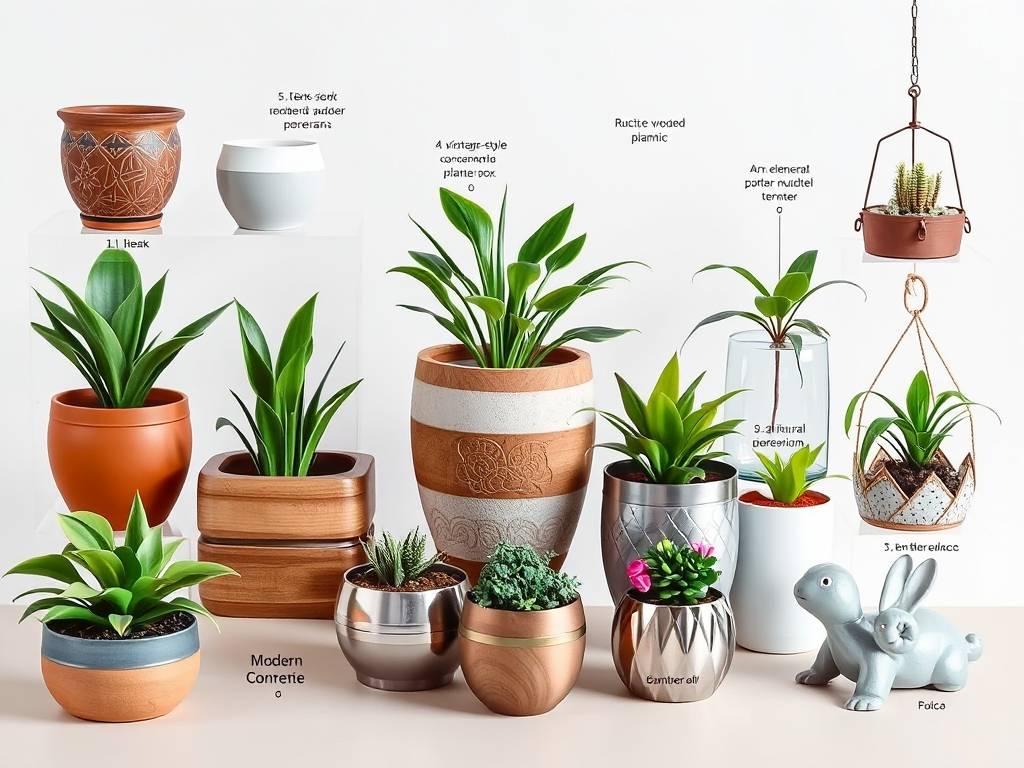
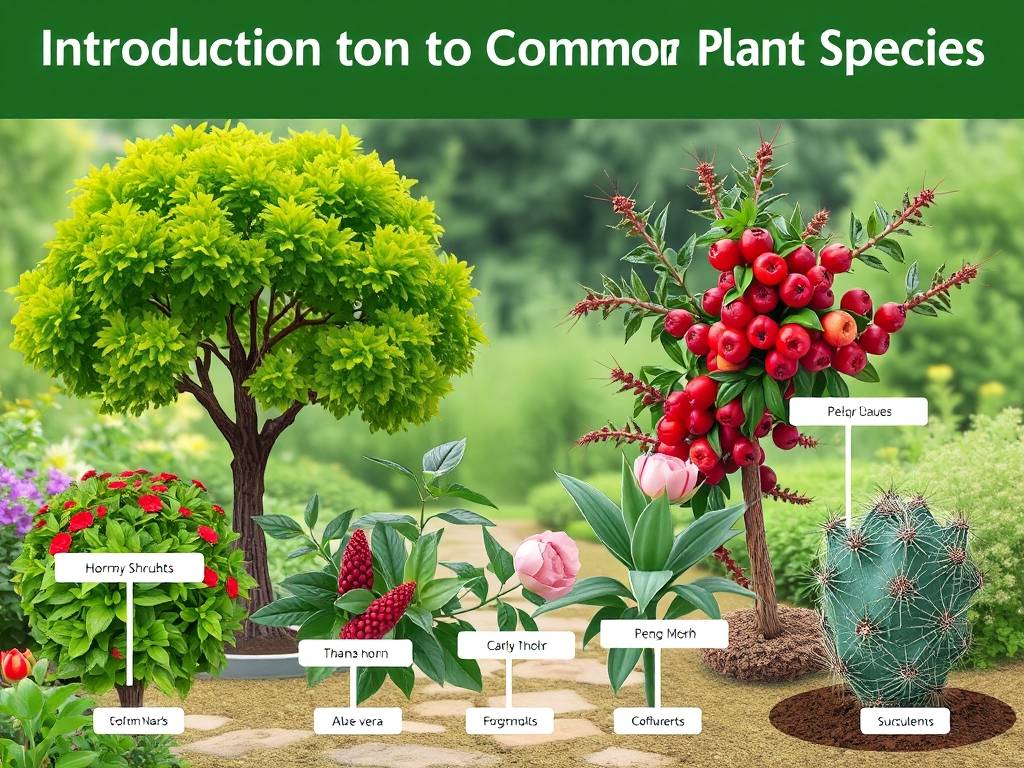

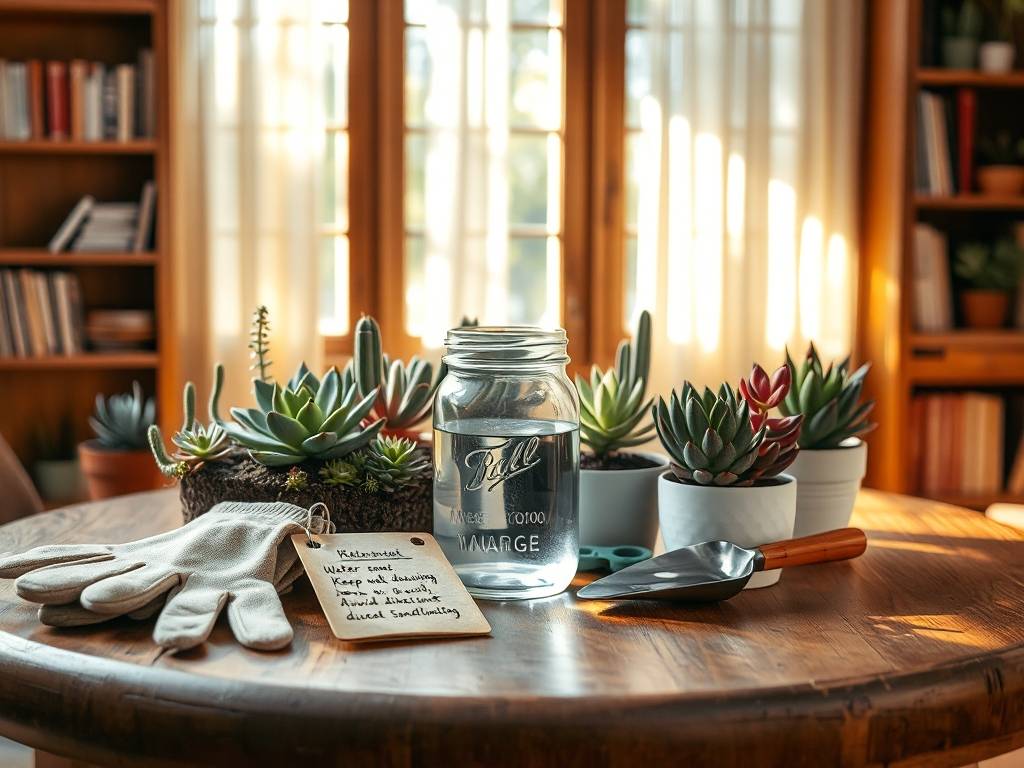
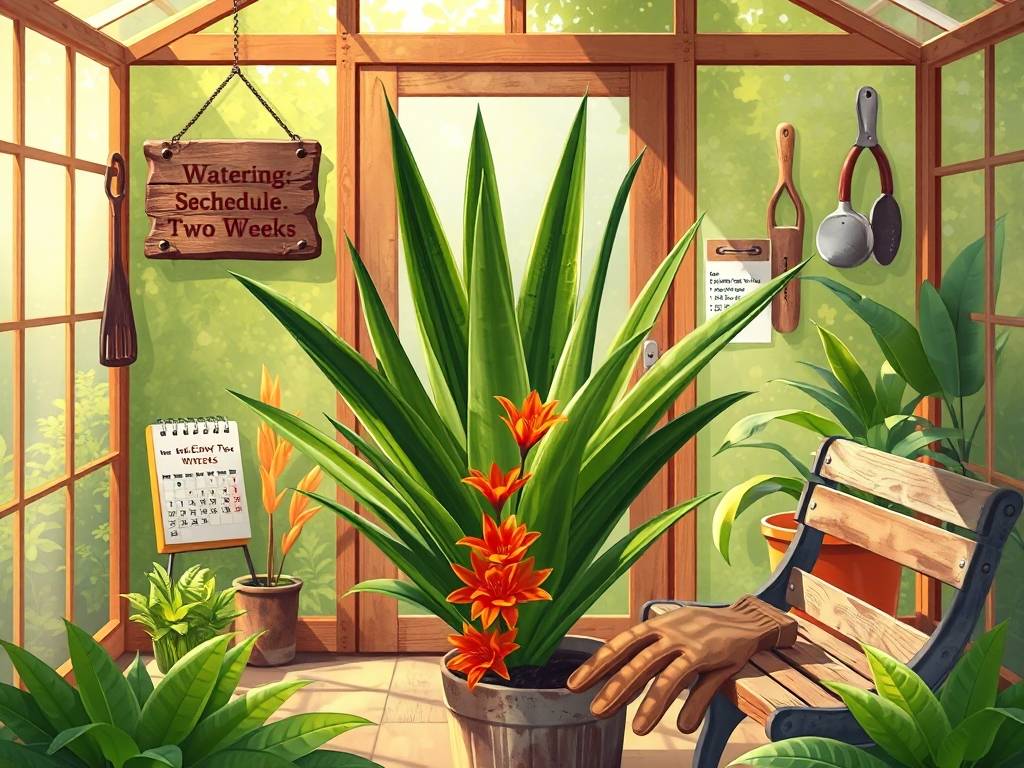
发表评论